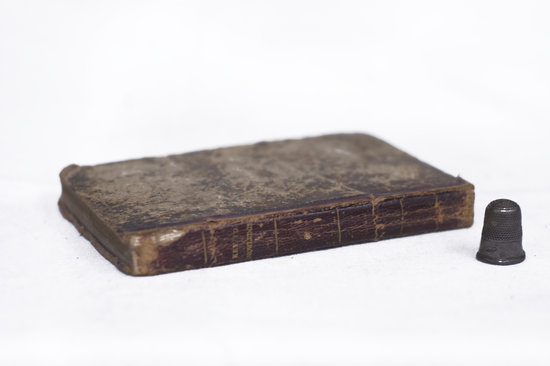Narrative
Lessons for Little Learners
4. John Newbery is important to the history and development of children’s literature in Britain, largely because as a London bookseller he turned children’s literature into a profitable venture. He published over 30 books for children. Among the most important are A Little Pretty Pocket-Book (1744), which includes an alphabet, proverbs, and a selection of Aesop’s fables; and The History of Little Goody Two-Shoes (1765), the story of a poor, hard-working orphan who becomes a tutor before marrying a wealthy squire. Such works combine instruction with amusement, and support a middle-class ideology emphasizing modesty, thrift, perseverance and upward mobility later repeated in many religious tracts and other works. Perhaps more importantly, they were popular and influential in part because Newbery convinced middle-class parents that such works were beneficial to children, and as such a necessary purchase for responsible and caring parents. It is no coincidence that the title page of Maria H. Budden’s A Key to Knowledge; or Things in Common Use. Simply and Shortly Explained; In a Series of Dialogues (London: Harris, 1814) notes that the work is ‘Written By a Mother’ or that it takes the form of a dialogue. Like Anna Laetitia Barbauld’s earlier Lessons for Little Children (1778–9), such works describe both increased attention to juvenile education and the changing relationship between parents and children.















